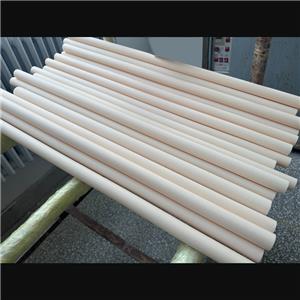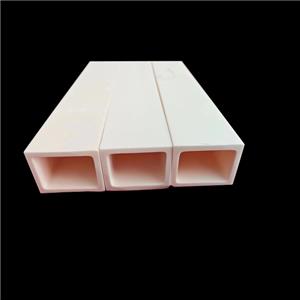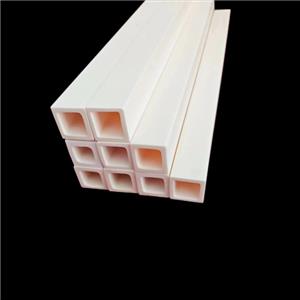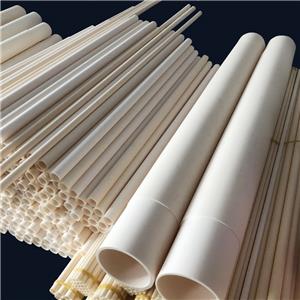Comparative Analysis of Various Grades of Alumina Ceramic Tubes and Their Price-Performance Ratio
Comparative Analysis of Various Grades of Alumina Ceramic Tubes and Their Price-Performance Ratio
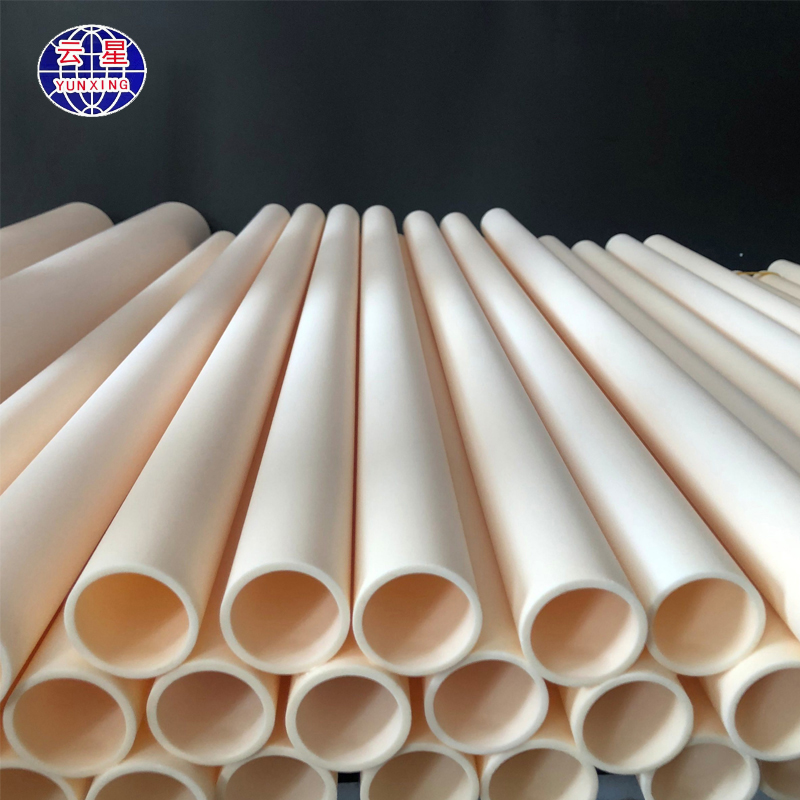
Alumina ceramic tubes are widely used in various industrial applications due to their excellent thermal and mechanical properties. However, choosing the right grade of alumina ceramic tubes can significantly impact both performance and cost-effectiveness. In this article, we delve into a comparative analysis of different grades of alumina ceramic tubes and evaluate their price-performance ratio.
Alumina ceramic tubes come in various grades based on their purity levels. High-purity alumina ceramic tubes (99% or higher) offer superior properties such as high thermal conductivity, excellent dielectric strength, and exceptional corrosion resistance. However, they tend to be more expensive compared to lower purity grades. Lower purity grades, such as 95% alumina ceramic tubes, provide good performance at a lower cost but may exhibit slightly lower thermal and mechanical properties.
The mechanical strength of alumina ceramic tubes varies depending on factors such as grain size and processing techniques. Fine-grained alumina ceramic tubes typically exhibit higher mechanical strength and toughness, making them suitable for demanding applications where resistance to thermal shock and mechanical stress is crucial. However, these tubes often come at a higher price point. Coarser-grained alumina ceramic tubes offer reasonable mechanical properties at a lower cost but may be prone to thermal shock failure under rapid temperature changes.
Alumina ceramic tubes are known for their excellent temperature resistance, making them suitable for high-temperature applications such as furnace linings, thermocouple protection tubes, and heat exchangers. Higher purity grades generally offer superior temperature resistance, retaining their mechanical properties even at elevated temperatures. However, the specific temperature range required for the application should be considered when selecting the appropriate grade of alumina ceramic tubes to ensure optimal performance and longevity.
Achieving the right balance between performance and cost is essential for cost-effective solutions. While high-purity, fine-grained alumina ceramic tubes offer top-notch performance, they may not always be the most economical choice for every application. Lower purity grades or coarser-grained tubes can provide satisfactory performance at a lower price point, making them suitable for less demanding applications or cost-sensitive projects.

